Ho Chi Minh City Mr. Man, 59 years old, was working on a construction scaffold when he had left chest pain and difficulty breathing. His colleagues took him to the emergency room and the doctor diagnosed him with an acute myocardial infarction.
The patient received first aid at a hospital in Binh Duong , then transferred to Tam Anh Hospital in Ho Chi Minh City.
On November 25, Dr. Phan Tuan Trong, Emergency Department, Tam Anh General Hospital, Ho Chi Minh City, said that the patient was admitted to the hospital with severe chest pain and difficulty breathing. The electrocardiogram (ECG) results showed that the patient had an acute ST-elevation myocardial infarction (the most severe acute coronary syndrome) in the 4th hour, in critical condition. The patient had diabetes, high blood pressure, and had been a long-time smoker.
Immediately, the patient's heart blood vessels were re-opened. Dr. Huynh Ngoc Long, Master, Dr. Vo Anh Minh and the team at the Cardiovascular Center performed coronary angiography with the support of the digital subtraction angiography (DSA) system, and the robotic arm rotated 360 degrees. The results showed that the blood clot completely blocked the right coronary artery for a segment longer than 30 mm. The entire process of coronary angiography and threading the guidewire through the completely blocked right coronary artery to re-open the blood flow to the heart took place in 10 minutes.
Dr. Minh said that in this case, the team did not dilate the balloon before and after placing the stent to reduce the risk of thrombus dislodgement, causing blockage of distant blood vessels. Instead, the doctors used the Direct Stenting technique to place the stent after aspirating the blood clot in the blood vessel. Thanks to the Intravascular Ultrasound (IVUS) system, the doctor assessed the condition of stenosis, atherosclerosis and accurately measured the diameter of the blood vessel to place the maximum sized stent, close to the blood vessel wall, preventing restenosis.
According to Dr. Minh, the process from receiving the patient at the emergency room to inserting the guide wire to clear the blockage (door to wire) takes 29 minutes, 50% shorter than the time recommended by the World Heart Association (70 minutes).
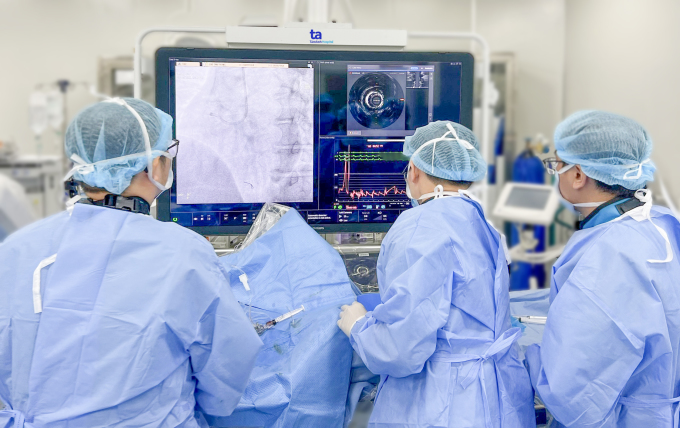
Doctors place stents to reopen heart blood vessels for patients. Photo: Tam Anh Hospital
Dr. Minh said that acute myocardial infarction requires prompt diagnosis and treatment. Cases of right coronary artery obstruction like that of patient Man, if not promptly intervened, will result in ventricular arrhythmia, bradycardia, and cardiac arrest during the procedure.
After the intervention, the patient no longer had chest pain or difficulty breathing and was discharged after 5 days of follow-up.
Tue Tram
* Patient name has been changed
| Readers ask questions about cardiovascular disease here for doctors to answer |
Source link



















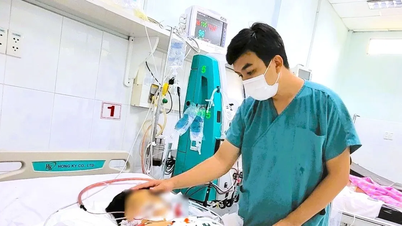


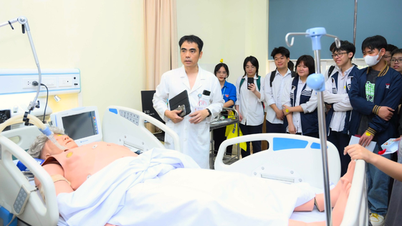



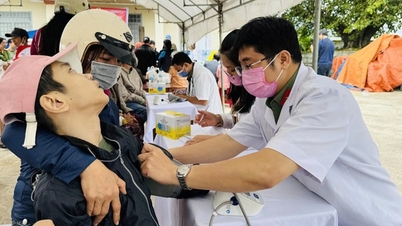













































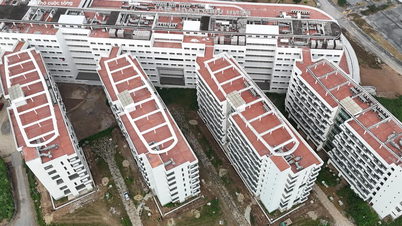

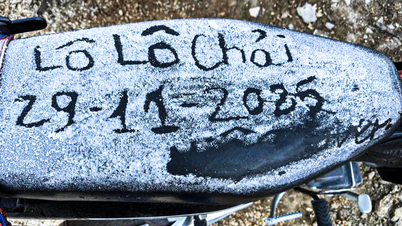




































Comment (0)